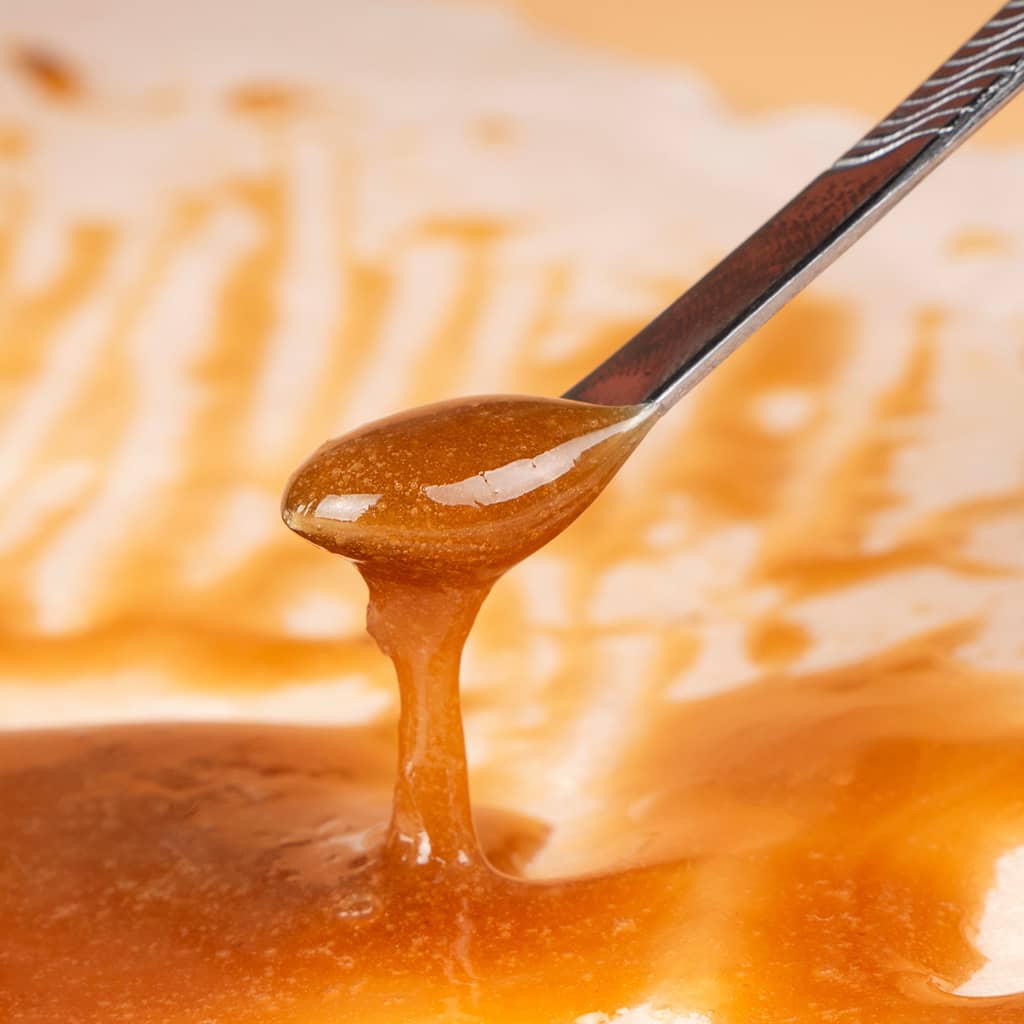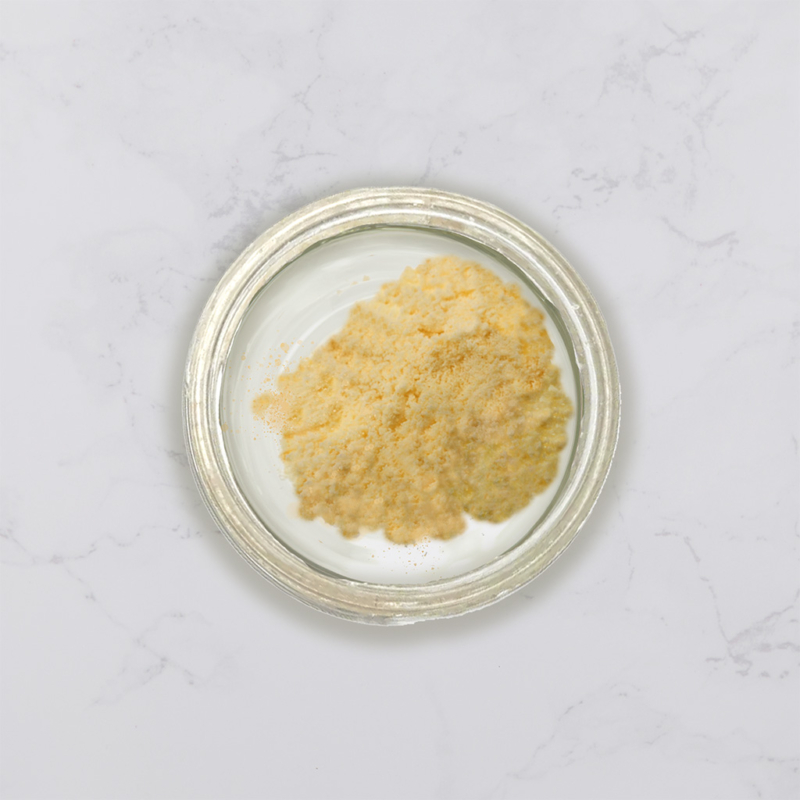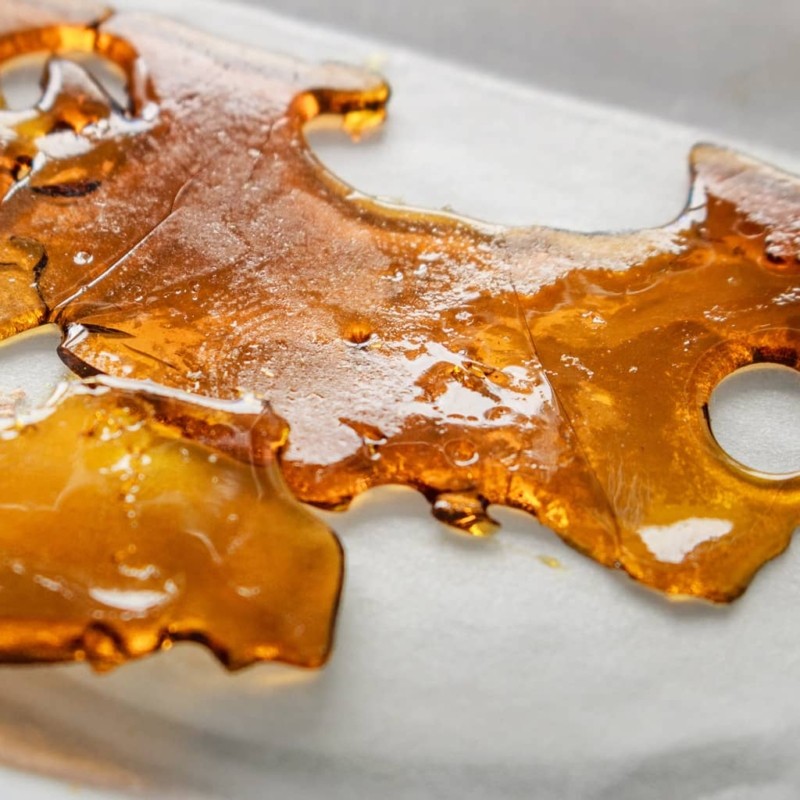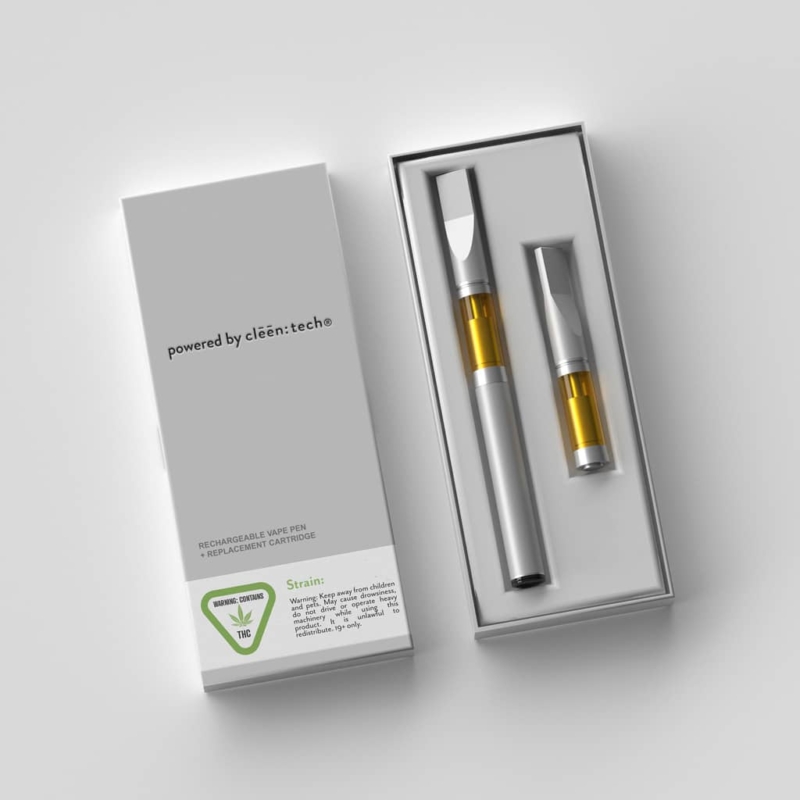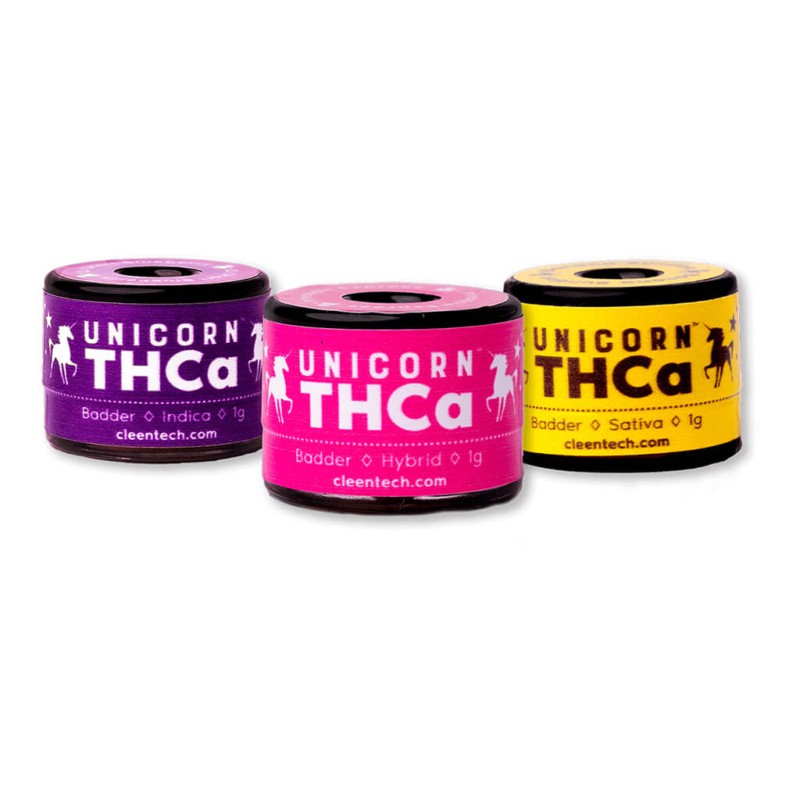

Taking A Leaf Out of Nature’s Playbook
Perfecting The Art of Cannabinoid Production
Welcome to clēēn:tech, your trusted partner in the cannabis industry’s pursuit of environmentally responsible and premium cannabinoid solutions. Our expertise lies in the creation of intoxicating cannabinoids sourced from ecologically sustainable hemp, characterized by THC levels below 0.3%.
Introducing Hemp Sourced THCaTM, clēēn:tech’s revolutionary distillate formulation, consistently producing the highest purity in independent laboratory test results. This high-quality distillate suits brands aiming to craft distinct flavor profiles tailored to diverse markets.
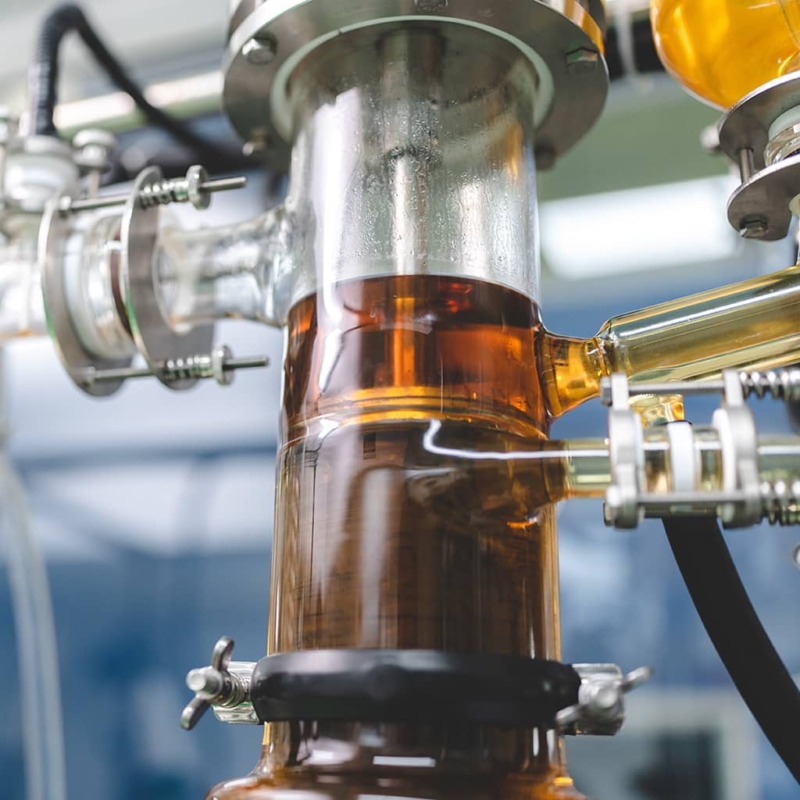
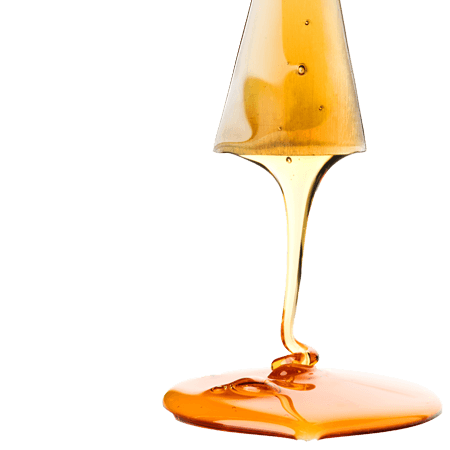
At clēēn:tech, we take pride in our patented intellectual technology and processes, which results in intoxicating ingredients entirely free from pesticides, heavy metals, lingering aftertastes, and undisclosed byproducts. Our commitment to quality is unwavering, and we exclusively operate within both the hemp and cannabis markets, ensuring compliance and excellence in every aspect of our business.
Partner with clēēn:tech today and join us in redefining the cannabis industry with sustainable, premium, and eco-conscious solutions. Together, we can create a brighter, greener future for all.
Innovative Proprietary Technology
At clēēn:tech, we leverage proprietary and patented production technology similar to those long-established in the food sector. This technology facilitates an organic process that allows us to derive CBD isolate from hemp and create Hemp Sourced THCaTM products that are indistinguishable from those found in regulated indoor-grown plants and wild-grown cannabis specimens that have thrived for millennia.
In stark contrast to illicit synthetic compounds like “K2” and “Spice,” our hemp-derived THC products are entirely natural. They are not synthetic creations, formed through the use of heavy acids or by combining disparate molecules in an attempt to mimic THC.
Our organic processes have unlocked nature’s secrets to create the finest quality and consistent hemp-derived THC products.


Proven Excellence in Sustainable Cannabinoid Production
At clēēn:tech, we have dedicated ourselves to studying and mastering nature’s cannabinoid synthesis process. Leveraging this knowledge, we have developed proprietary and patented techniques that enable precise replication of cannabinoids in controlled and regulated environments and jurisdictions.
Our commitment extends to producing intoxicating cannabinoid ingredients for compliant cannabis businesses wherever it is legally permissible. Furthermore, we manufacture consumer formulations and production techniques designed for our business partners, ensuring our products align with our overarching sustainability mission.
Our formulations harness the power of cannabinoids and terpenes sourced from hemp, steering clear of traditional indoor cannabis production environments. Our lead-free devices are also meticulously crafted in harmony with our unwavering commitment to sustainability.
A Commitment to Reducing the Carbon Footprint
Our team of life scientists is deeply committed to reducing carbon emissions while providing access to safe and naturally sourced cannabinoids. Our approach is firmly rooted in the principles of environmental sustainability, recognizing the intrinsic value it brings to our communities, clients, and shareholders.
We firmly believe that hemp is ideally suited for sustainable cannabinoid production. Large-scale hemp cultivation sequesters carbon enhances soil quality and mitigates water pollution. In stark contrast, indoor cannabis cultivation practices tend to exacerbate environmental challenges. The environmental impact of our technology cannot be understated, saving the planet from massive carbon emissions while enabling precise control over cannabinoid production.



